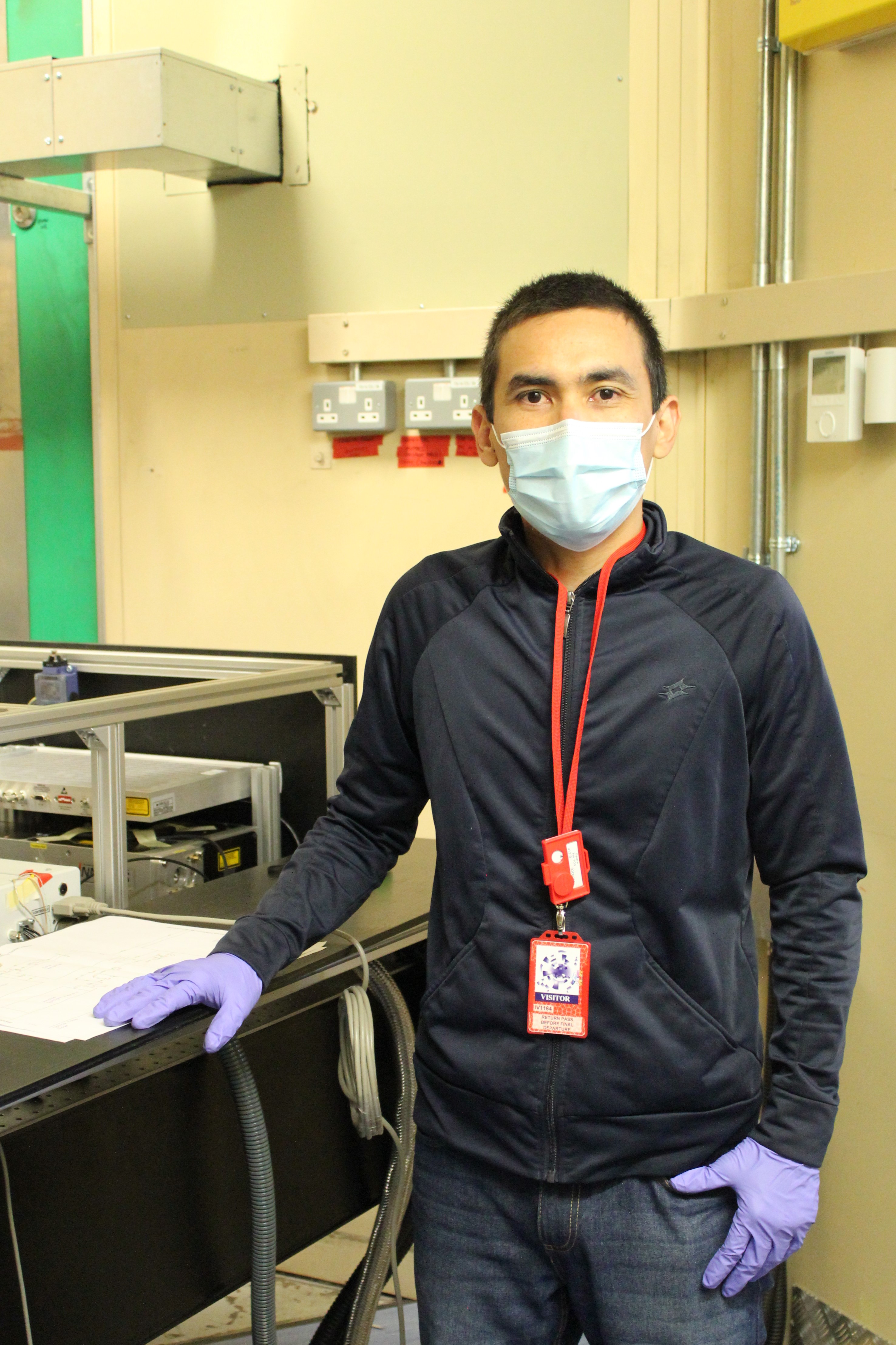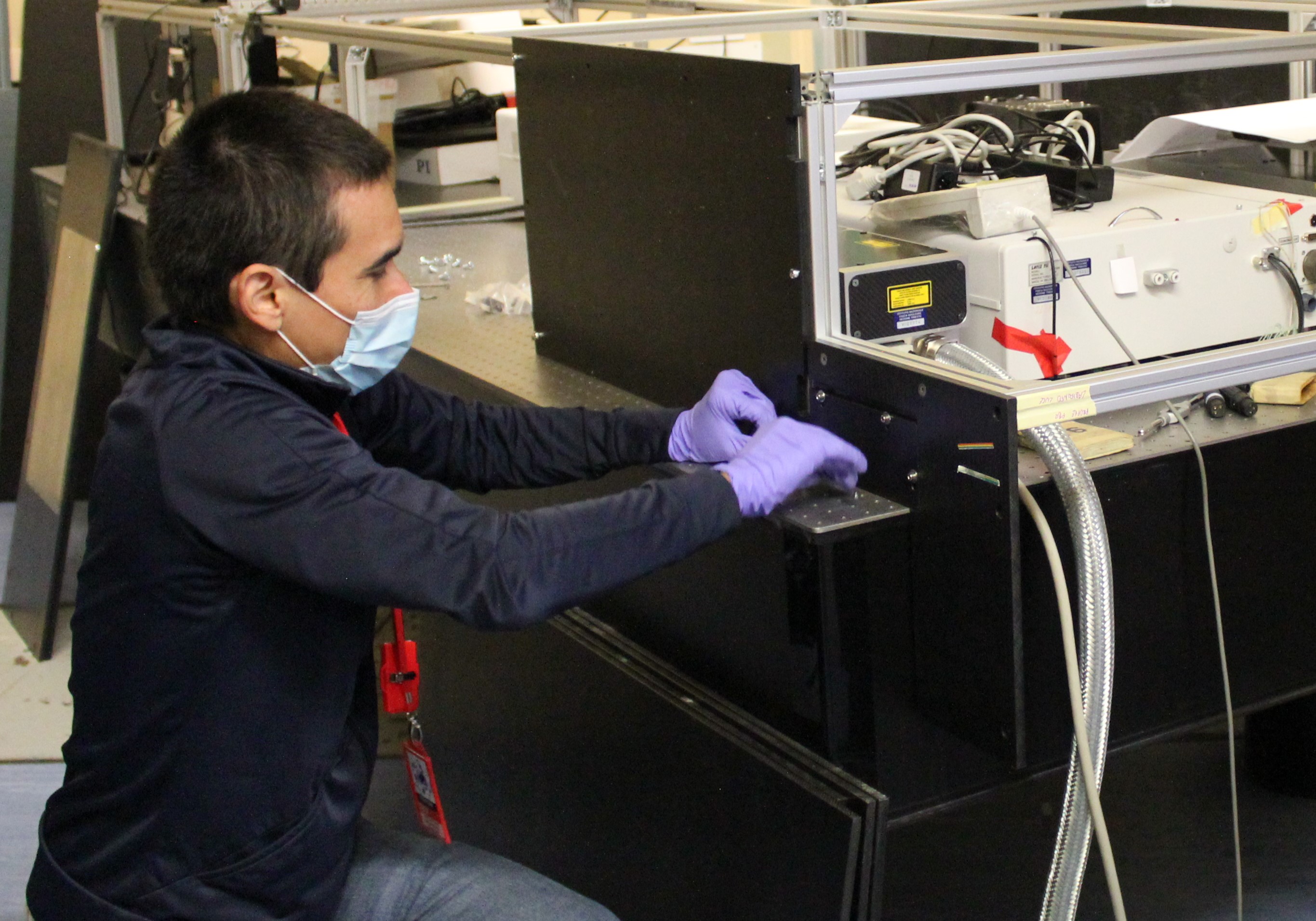The most successful theory for describing the combination of classical field theory, special relativity and quantum mechanics is quantum electrodynamics (QED). Despite its widespread use, it can still only be tested physically in very simple systems, such as the hydrogen atom. Using high-precision measurements of hydrogen alongside such quantum field theories can enable researchers to test the laws of physics, and calculate fundamental physical constants to a high level of accuracy.
However, even this has proved challenging. Despite being one of the building blocks of atoms, and the sole component of a hydrogen nucleus, the size of a proton was found, using muons, to be smaller than previous measurements showed, by about 0.00000000000003 millimetres.
Although the difference may seem small by some standards, when carrying out quantum electrodynamics calculations, the change could have a significant effect on the results, and causing a gap in existing quantum mechanics theories.

An international collaboration of researchers are constructing a new type of muon experiment that aims to solve this “proton radius puzzle" by measuring a fundamental parameter related to the size of the proton. The FAMU experiment (Fisica degli Atomi Muonici) will use infrared spectroscopy to study an exotic form of hydrogen: muonic hydrogen, where a muon orbits the nucleus rather than an electron.
The parameter they will be measuring is the proton Zemach radius, Rp, which is related to the spatial distribution of both the electric charge and the magnetic moment of the proton. They will combine experimental data and theoretical results to determine the proton Zemach radius with 1% precision.
By accurately measuring the Zemach radius, one of the two proton charge radius calculations will be confirmed, providing the community with increased certainty.
To produce the muonic hydrogen for the experiment, pulses from the ISIS low energy muon beam will be directed at a hydrogen target just a few centimetres wide. One produced, the energy state of the atoms will be measured using a complex infrared laser set up, and the change in these energy states monitored when the atoms come into contact with oxygen.
Image: Research Fellow Jose Suarez Vargas from Udine University & INFN Italian National
Institute for Nuclear Research next to the laser in RIKEN Port 1
By measuring the difference between the energy levels inside the atom, the group will be able to use theoretical quantum electrodynamics to work out the detailed structure of the proton.

The first stage of the experiment to take place at ISIS is the build of the laser system in RIKEN Port-1. The scientists from Trieste designed and developed the laser system at their home institution, and had to dissemble and ship the parts over to ISIS for the experiment. They are now in the process of re-assembly, working with their colleagues in Italy over video calls due to COVID-19 travel restrictions preventing the full team from coming to the facility.
While the development of their highly sensitive laser system is crucial for this experiment, it could also have an impact on both medical applications and gas detection in security and environmental monitoring, and could therefore be useful for future use in industry.
Research Fellow Jose Suarez Vargas setting up the laser in RIKEN Port 1
Further Information
Details of the scientific goal, method and detailed preparatory work of the FAMU experiment can be found online at: https://doi.org/10.1140/epja/s10050-020-00195-9
